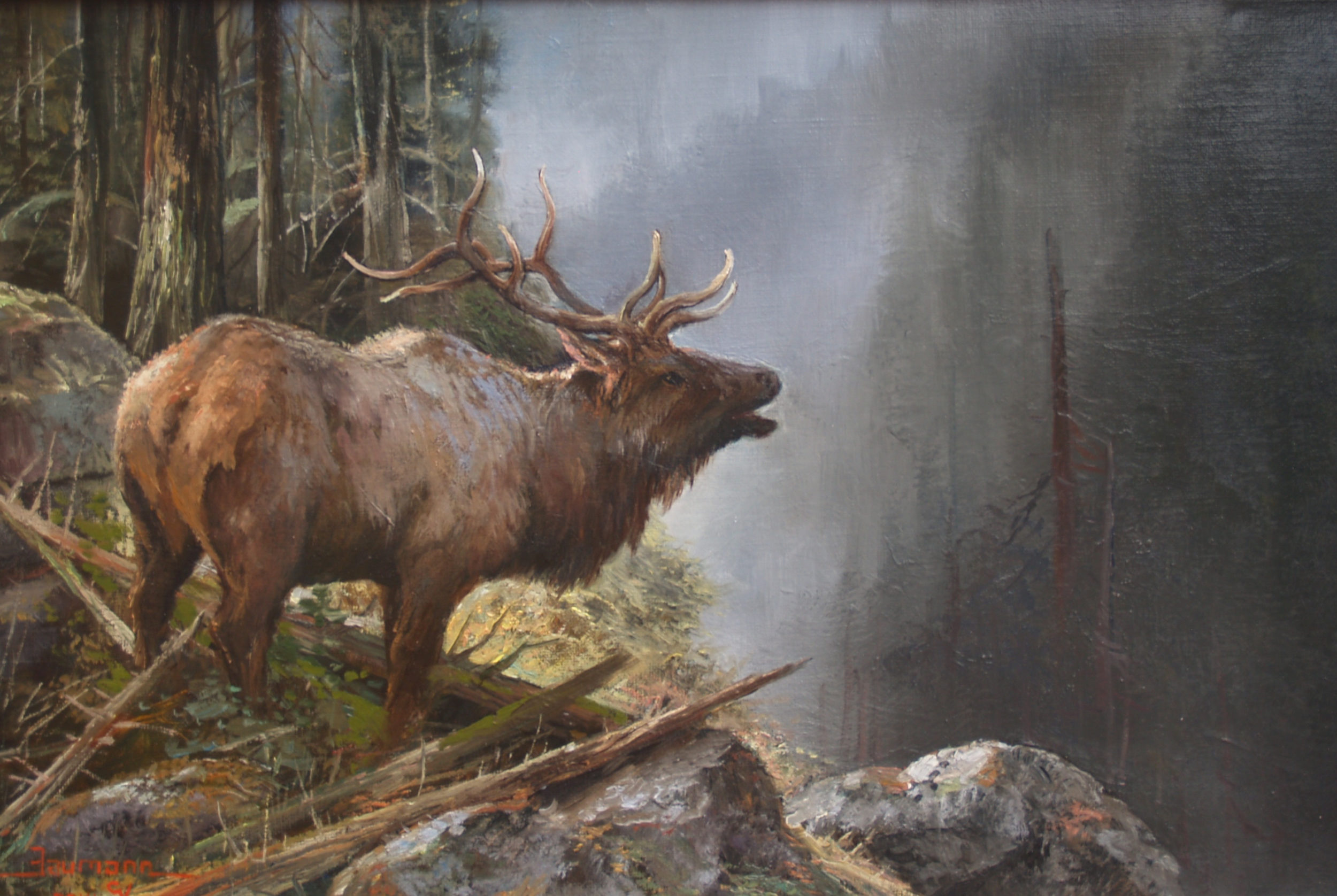Studio Paintings from Plein Air Sketches
Painting, including landscape painting, has historically been an indoor art, and it wasn’t until the heyday of Impressionism did painting outdoors become the norm. Just recently, painting plein air has become a very popular style of painting that in itself stands alone as a practice. I have been taking students out to paint on location since 1980 before the word Plein Air was used. We called it Painting from Nature or location painting. Prior to the Impressionists, any outdoor painting practice was distinctly subordinate to studio work. Remember, in a time before cameras, all paintings that were created in the studio were painted directly from models or from drawings made outside along with sketches in watercolor, pastel and paint. Few paintings done on location were ever offered for sale because they belonged to the artist as references for larger studio works or as a diary for recording their experiences outdoors.
I believe in the principle that every pictorial invention must be rooted in observation, and I use En Plein Air painting as a practice of visual note taking, recording and drawing the slightest details of a leaf or limb to the most detailed record of a full autumn tree. Spending time studying the subtitles of nature is the true reward of painting from nature.
Sketching has been fundamental to an artist’s practice since the Renaissance. My Etudes or studies are my records of nature, directly observed. Many are completed studies while others are just sketches for something even more fabulous that’s created in the studio. In the painting “Silence Broken,” I used my location sketches as well as sketches of Elk from my journeys in the wild, along with my knowledge of the anatomy of Elk to create the studio painting of a subject I feel very passionate about ~ wildlife as it appears in nature.
October 1, 2014
I was exploring the northern flank of Mt. Shasta as I sketched the hillsides. It has been rumored that a small Elk herd had wandered up the northern slope of the Mt. Shasta foothills. Larry, a seasoned hunter and animal lover was my guide. We ventured from Old Military Road towards Mt. Shasta following endless trails of Elk and Deer tracks that meandered through the Manzanita, and all the trails led to dead ends. Along the way, my artistic senses were on overload as beautiful redwood and white fir trees made their grand stance along beautiful canyons and waterfalls. The smell of wildflowers filled the air and I was inspired to sketch everything. Except for the quiet buzz of Cicadas that were everywhere, the forest was quiet. All of a sudden the silence was broken by a bugling Elk telling us that this was his terrain and our presence was not welcome. His eyes were fixated on ours. His massive chest thrust outward with every sound that he made. His every movement was poised and determined like a great matador in a bull fight but this time I was the bull and he was the matador. With great respect, we retreated, but not until I sketched this magnificent animal to recreate in my studio.
Painting on location is a wonderful discipline and a fascinating painting practice. I find it incredibly stimulating and enjoyable to experience the feeling of being absorbed in careful observation. And when I sketch on location, I love forming the foundation for a great painting like “Silence Broken” that I finish later in my studio.
In the upcoming workshops in Mt. Shasta, I will talk more about the history of Plein Air painting and how it can be an interesting and creative practice where a painting can be completed either on location or can be the beginning of a great studio painting.

